Micro / nano processing: dry etching vs. wet etching
QQ Academic Group: 1092348845
Detailed
Etching process: The process of selectively removing the part of a material surface that is not required by chemical or physical methods to obtain the target pattern.
There are two basic etching processes in semiconductor manufacturing: dry etching and wet etching.
The etchant for dry etching is plasma, which is a process that uses plasma to react with the surface film to form volatile substances or directly bombards the surface of the film to be etched.
Features: Anisotropic etching can be achieved to ensure the fidelity of small graphics after transfer.
Disadvantages: high cost.
Wet etching is a method of peeling off an etched substance through a chemical reaction between a chemical etching solution and the etched substance. Most wet etching is an isotropic etching that is not easy to control.
Features: strong adaptability, good surface uniformity, less damage to silicon wafers, suitable for almost all metal, glass, plastic and other materials.
Disadvantages: The pattern etching fidelity is not ideal, and the smallest line of the etching pattern is difficult to control.



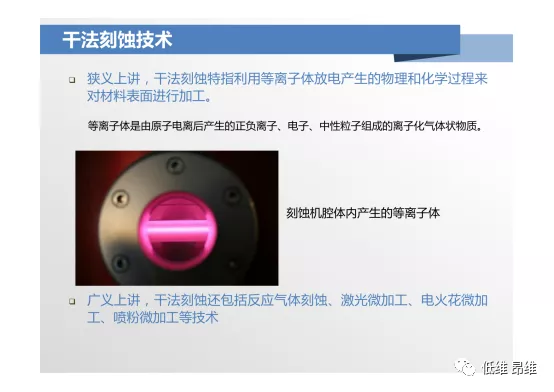
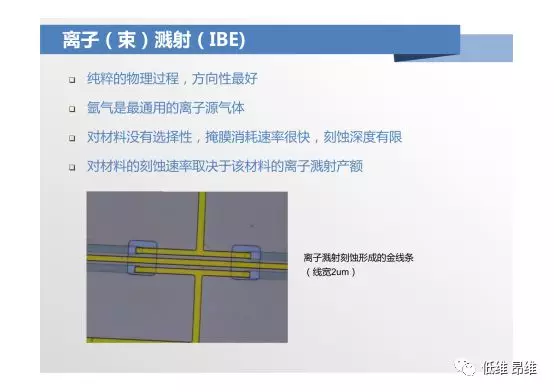
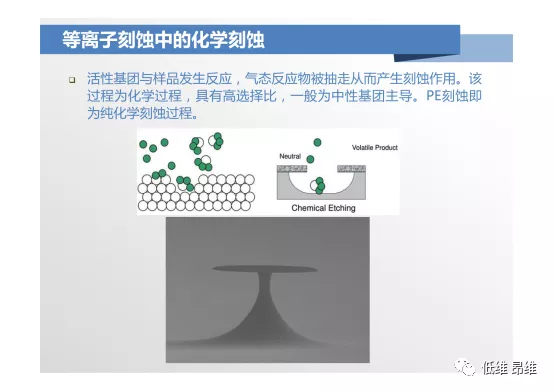
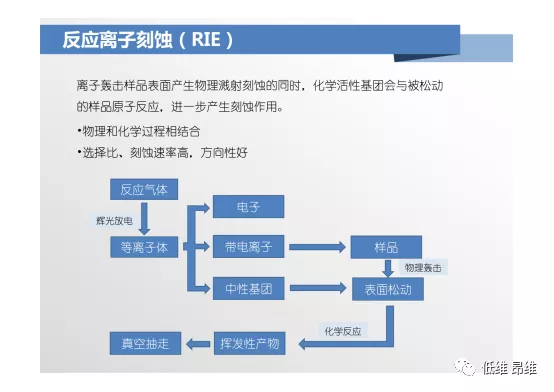
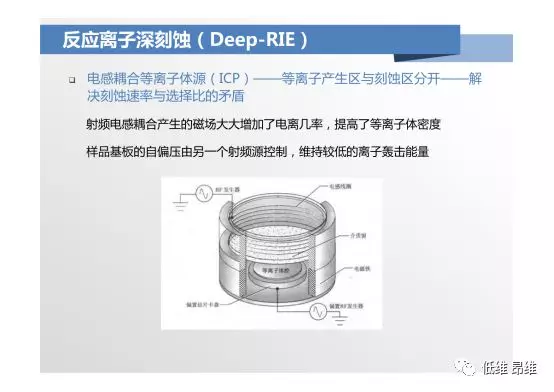
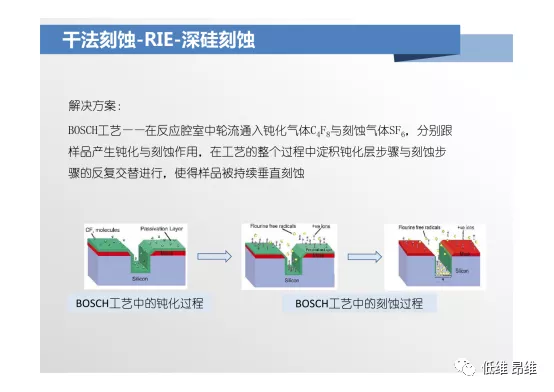
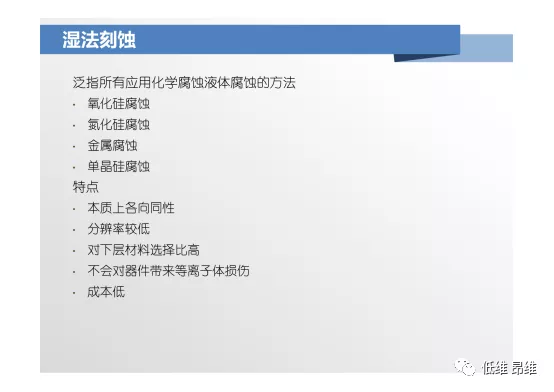
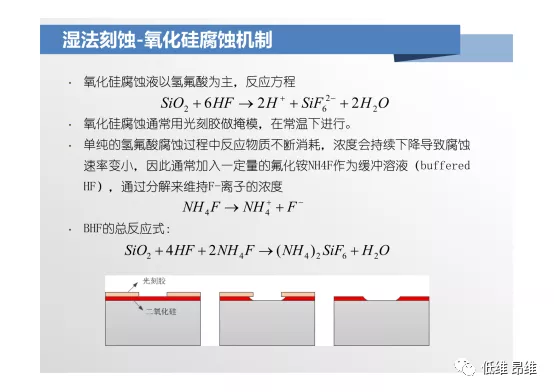
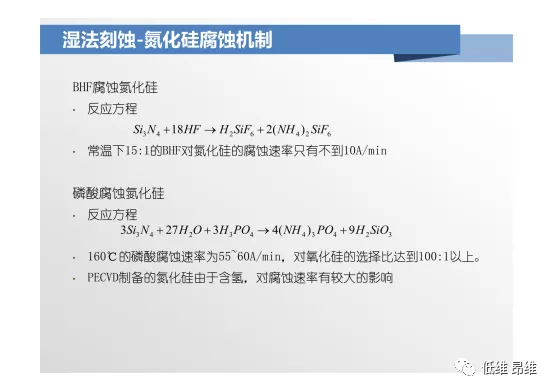
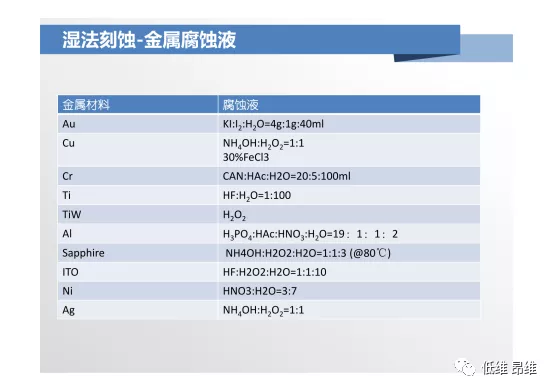
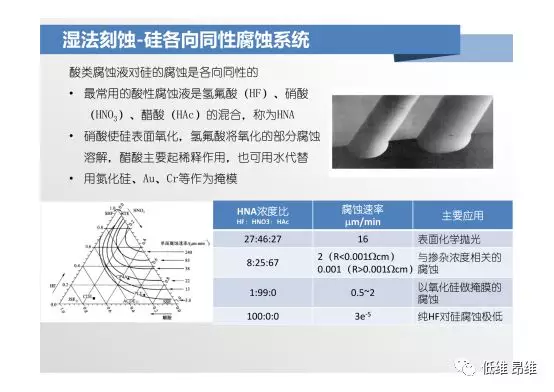
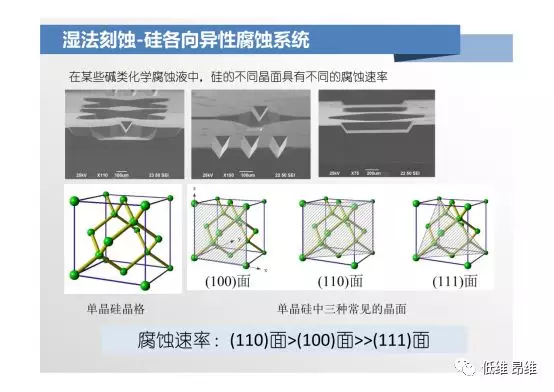
Source: Low Dimensions
- Previous: [COF Third Bomb] Singl
- Next: A Rising 2D Star: Nove


 Academic Frontier
Academic Frontier